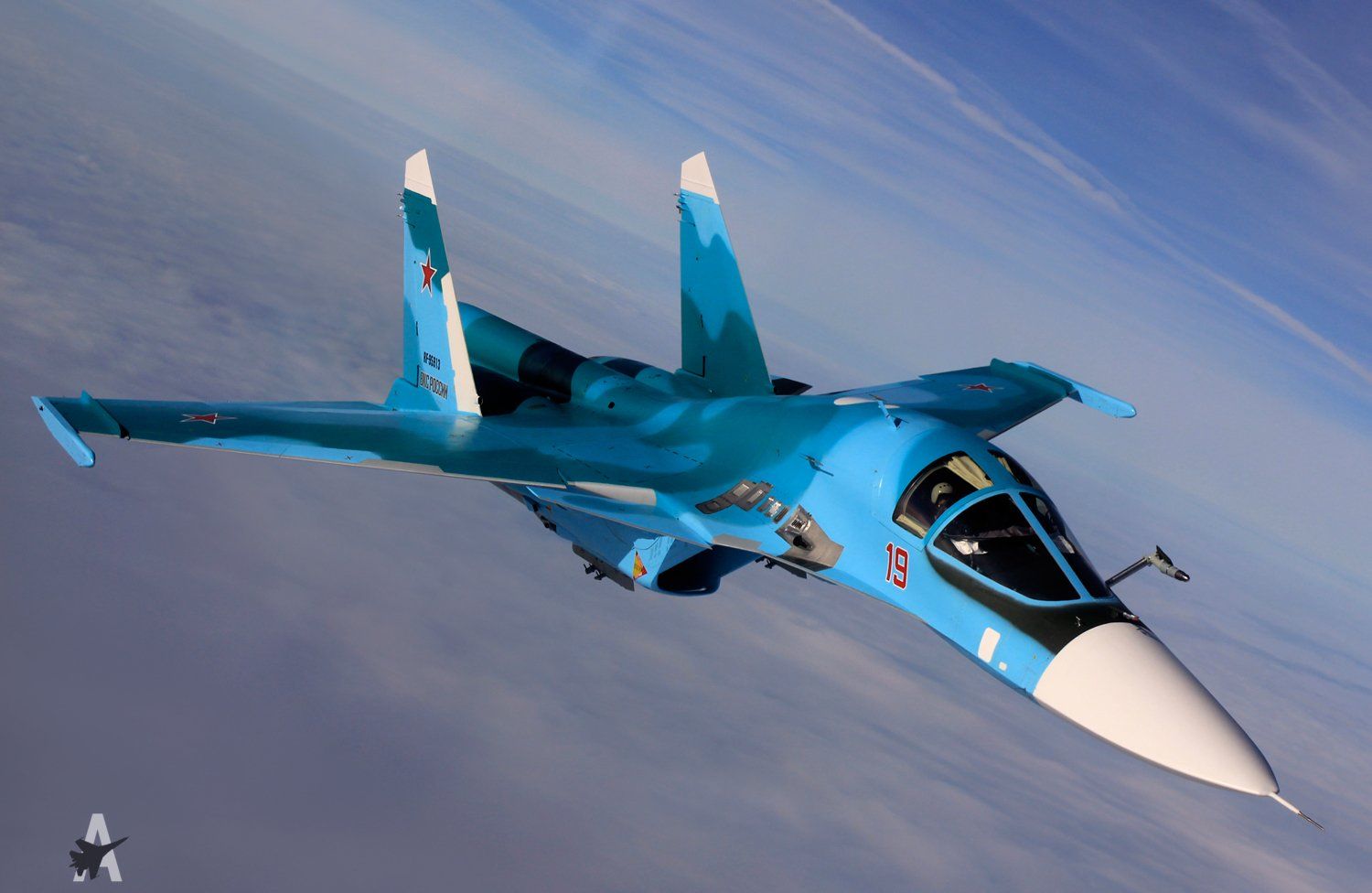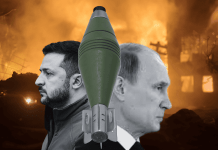Days after a US drone crashed upon colliding with a Russian fighter jet over the Black Sea, a top US military official revealed that armed Russian jets flew over a US military garrison in Syria almost every day in March.
On March 22, Lt. Gen. Alexus Grynkewich, combined forces air component commander for US Central Command, said there had been approximately 25 airspace violations by Russian jets so far this month, as opposed to none in February and 14 in January.
Grynkewich said that Moscow’s action breached a 2019 agreement between the US and Russia regarding using Syrian airspace in areas where each country maintains military facilities.
The US and Russian militaries had inked a memorandum of understanding (MoU) outlining air safety protocols in Syrian airspace to avoid any mishaps or collisions between their jets.
Grynkewich said the Russians had abandoned that procedural tenet in recent months.
He further added that it was a significant increase and that if the Russians maintained this rate, they would be on course “to be double what has been in the past.”
Russian Su-34 Fullback fighter planes were also seen flying above the American military installation.
Some aircraft are equipped with air-to-air weapons, while others are fitted with air-to-ground munitions, which include radar-guided and heat-seeking missiles and bombs, the Grynkewich said.

Grynkewich stated that Russian jets flying over the US’ Tanf Garrison outpost in Syria had caused an “uncomfortable scenario.”
“They’re regularly flying directly overhead of our units, and I’ve defined directly overhead as within about a mile, no more than a mile offset one side or the other, while we’ve got forces right there on the ground,” Grynkewich added.
This revelation follows a recent incident over the Black Sea in which two Russian Su-27 fighter planes harassed a US MQ-9 Reaper drone, pouring fuel on it before colliding with it and forcing the Americans to bring it down into the Black sea.
Grynkewich noted that there is no incentive for the Russians to employ force against the US military in Syria.
He stressed that Russia’s actions only raise the possibility of miscalculation, “and given things like the MQ-9 incident in the Black Sea, it’s not the kind of behavior I’d expect from a professional Air Force.”
Tensions Between The US And Russia
The US military has expressed displeasure about the operations using the established deconfliction phone line it shares with the Russians. However, this has not resulted in a change in Moscow’s behavior.
Rather than admitting the issue, the military official stated that the Russians had informed him that they do not recognize the airspace as belonging to the United States.
The Russians may be taking a more aggressive stance to put pressure on the American military presence in Syria.
However, Grynkewich underlined that given that ISIS is still present in Syria and is occasionally expanding there, as well as the fact that both the US and Russia are supposedly opposed to it, “it seems like a very strange time to do this.”
So far, the overflights have not interfered with American military operations on the ground. But, the US or the international coalition against ISIS responds to Russian planes, frequently tracking them from a distance.

Tensions between the two nations are already high after the recent drone incident over the Black Sea. It is important to note that the US and Russia provided conflicting accounts of events about the cause of the drone crash.
The US contends that a Russian Su-27 fighter damaged the drone’s propeller, forcing it to be crashed. On the other hand, Moscow disputes any physical contact between their jets and the drone, stating that the equipment went out of control due to aggressive maneuvers and crashed.
The United States uses MQ-9 Reapers for reconnaissance and strike missions, and they have long been flown over the Black Sea to monitor Russian naval forces.
Moscow announced it would try to recover the remnants of a crashed US military drone over the Black Sea as tensions between the two countries continue to simmer.
Meanwhile, on March 20, the Russian defense ministry reported that a Russian Su-35 fighter jet was pressed into action over the Baltic Sea to intercept the two US B-52H strategic bombers headed towards the Russian border.
- Contact the author at ashishmichel(at)gmail.com
- Follow EurAsian Times on Google News




